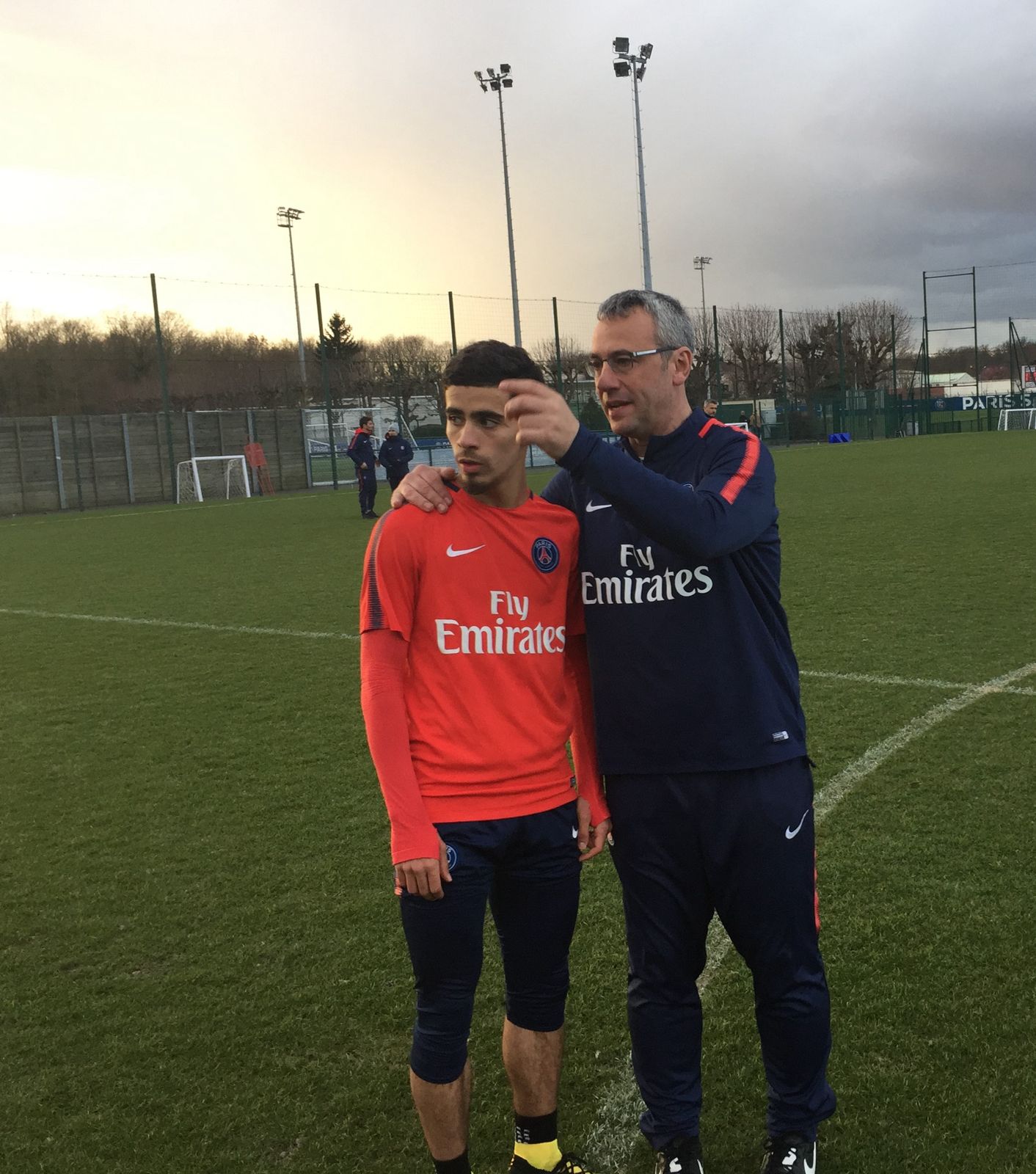
Firstly, we must consider that during the initiation stage the coach’s objective is not performance, but to ensure that players are having fun while practicing sports. Although, this is a topic we will cover on another occasion. Secondly, it is important to know that many times a team is training at a fantastic level, they are in a good dynamic, players and coach are giving their best… and even so, they are losing matches and are not in the position they would like in the league table. Actually, the most important thing is to evaluate our players, coaches and training sessions based on the quantity and quality of the knowledge acquired by our players, and not based on the results on the matches played.
If we can correctly approach the evaluation, we will surely find the matters where we are making mistakes, or perhaps, we will realize we are doing things in the correct way and that the only reason we are not situated higher in the league table is because of the opponents’ level. And this is an element on which we have no control.
Throughout a match, we can evaluate hundreds of actions performed by our players, not only focusing on the result but on the process. For example, let’s imagine that one of our midfielders receives a pass, he or she analyzes the match situation and sees an open teammate, decides to make a through pass to the open teammate but the ball goes directly out. In this case, if the player is evaluated based on the search for information (perception), they will receive positive feedback, as the player has observed the match situation and decided correctly, as passing the ball to the open teammate was the best option. The only part that didn’t work was the execution, which we can work on during the week.
For this reason, in any evaluation it is necessary to consider the whole process and not only the end result as, if the child continues to perform most of the process correctly and during the week they learn how to better execute the pass, there will be an improvement in the individual performance.
Once it is clear what we want to evaluate, we need to know how to do it. The best way to evaluate is by observing the players’ behavior. This can be done by the coach, a member of the staff or by the same player, if the actions are recorded in video. An important resource is to have evaluation and self-evaluation forms or registry sheets, to have all the data collected and be able to compare it or extract conclusions.
Below, we propose a protocol to evaluate the learnings achieved during training sessions. Let’s imagine we want to evaluate the content of “passing”. Firstly, we should choose the concept we want to observe, for example, “pass the ball enabling my teammate’s next action”. Then, we should think in different indicators that we can observe and that will tell us whether the action is being performed correctly or not. For instance: “before passing the ball, the player looks up in order to gather information on where teammates and opponents are positioned”, “in a 2vs1 situation gives more advantage to teammate by pinning the opponent before passing the ball”, etc. These criteria that we select must have these two particularities:
✔ Can be answered with a ‘YES’ or a ‘NO’; there cannot be ambiguities
✔ Should be objective, not allowing to be classified as “correctly done” or “incorrectly done” as each observatory will see it in a different way

